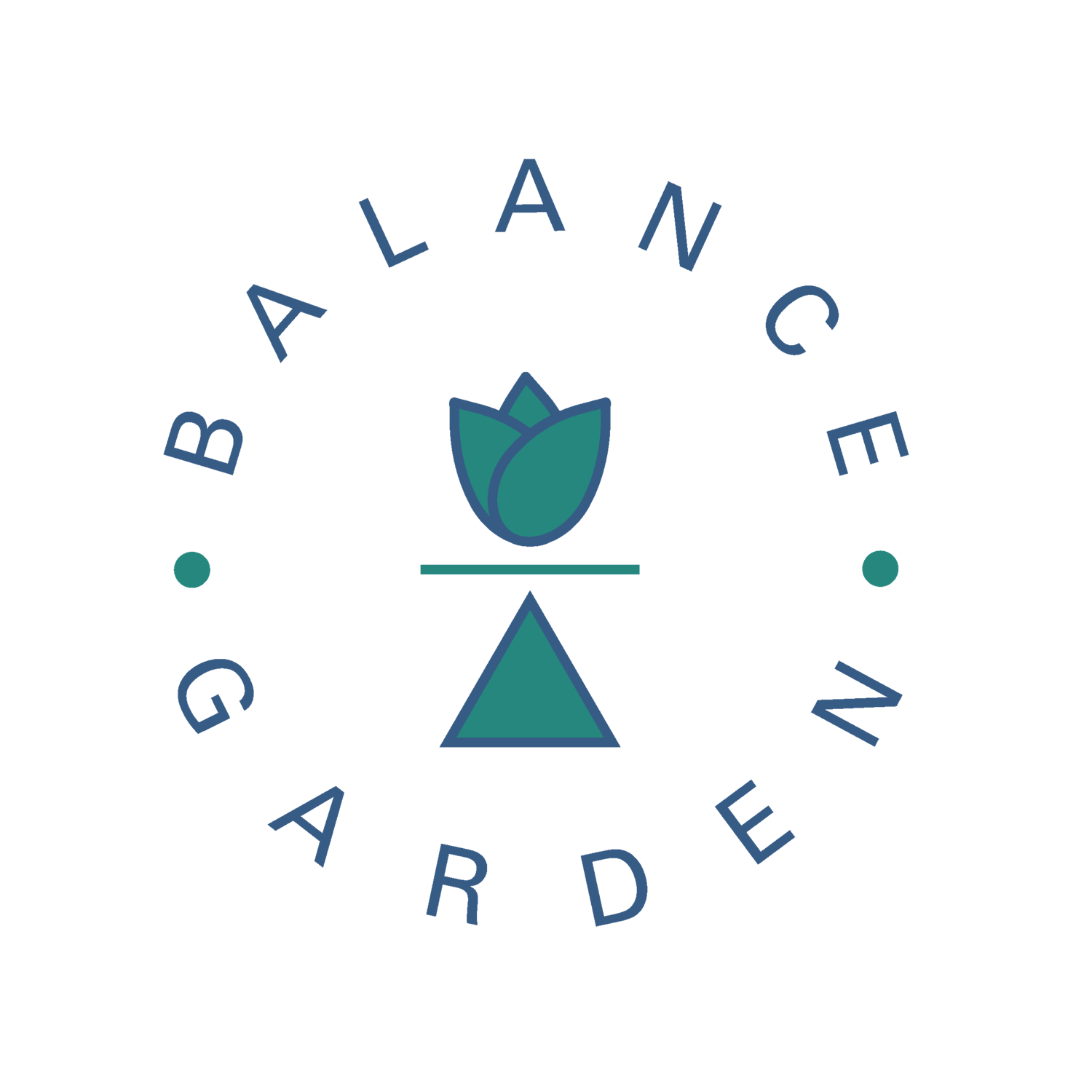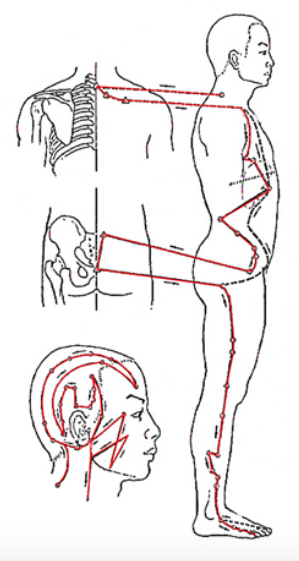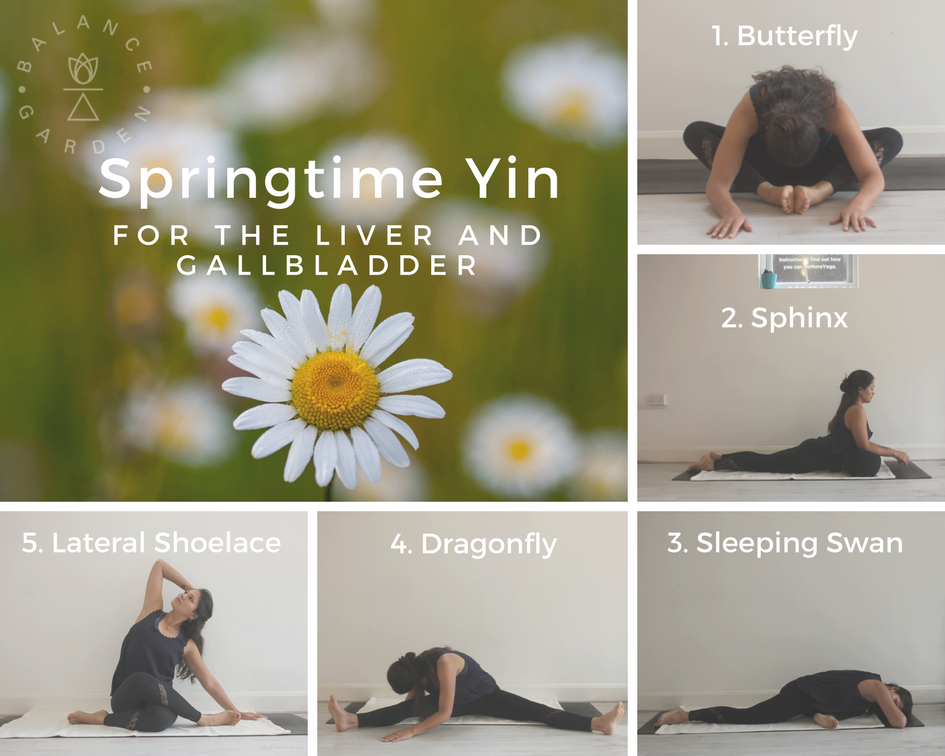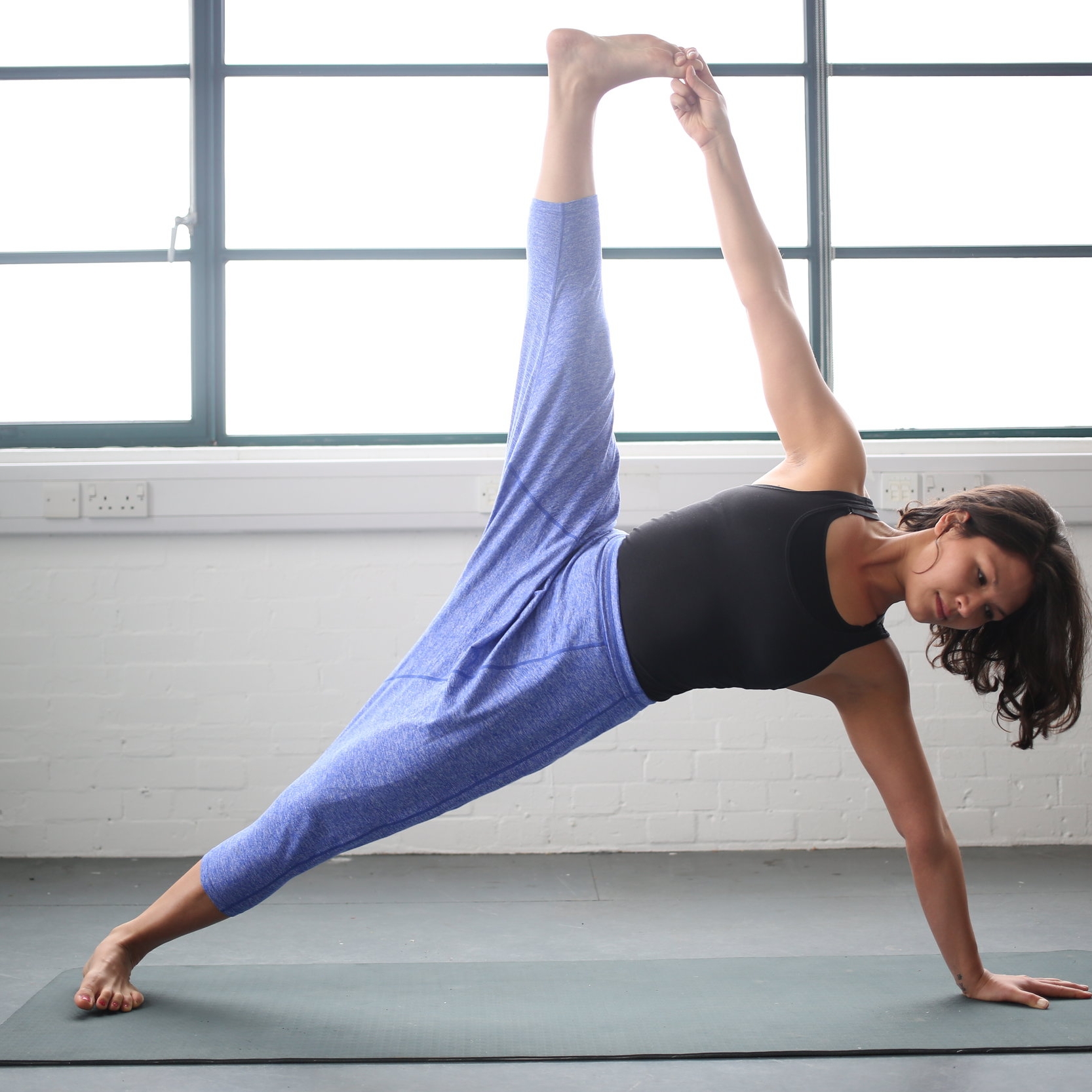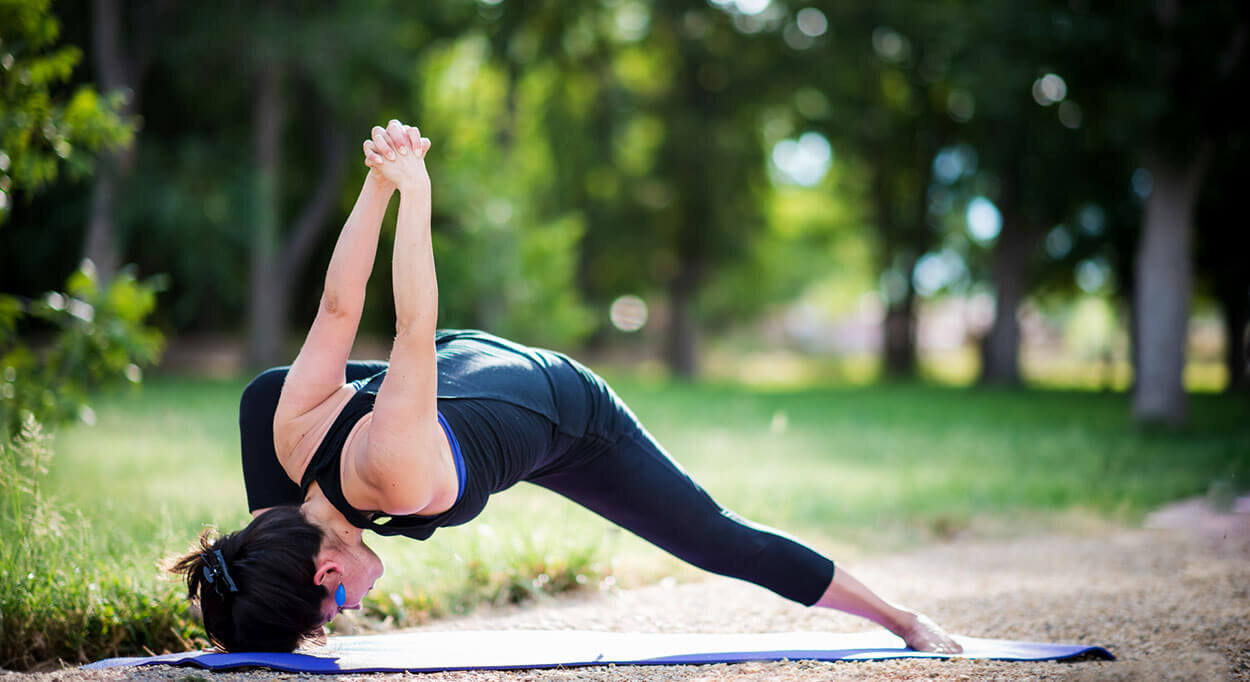Springtime Yin
/Words by Jasmine Pradhan
Spring is a time of fresh starts and de-cluttering. When it finally becomes warm enough to throw open the windows and let a fresh breeze blow through my house, I love to spend a day at home getting rid of things and dusting in the places that only get dusted a few times (ok, once) a year. As un-thrilling as that might sound, the act of clearing out and letting go of clutter is incredibly mentally satisfying and soothing. It feels like a real rejuvenation to have my home in order and to lighten the load of material possessions a little.
The human Body/Mind, just like everything else in nature, has it’s own seasons and cycles; Sometimes we are full of energy and creativity; at other times we need to withdraw and rest. Yin yoga, informed by Traditional Chinese Medicine (TCM), helps us to pay attention to these natural cycles and to support the bodily processes in their ebb and flow with practices and methods created, inspired and informed by nature.
Yin Yoga, a (very) brief introduction
If you’re not already familiar with Yin yoga, it is a floor based yoga practice that involves long holds of up to five minutes. These long holds target the connective tissue in the body (rather than just the muscles) to improve and maintain healthy ranges of motion. Yin yoga is also very meditative in style, with the long holds offering an opportunity to practice keeping the mind steady and observing the thoughts and sensations.
Yin yoga also draws on Meridian theory (part of TCM); which is concerned with the movement of chi (energy, or prana in yogic terms) around the body via the Meridians (energetic channels, or nadis). When the energy isn’t flowing freely through these channels it can affect our mental and physical wellbeing, so Yin yoga is about maintaining a healthy flow of chi through the meridians to keep us balanced and healthy.
Spring Yin
To understand why I have chosen the poses I have for this season, first we need to take a quick look at something called the Five Element Theory (also part of TCM). According to the Five Element Theory, everything, seasons included, is associated with one of the five elements of Wood, Fire, Earth, Metal and Water. Spring’s associated element is Wood. (Wood’s qualities are that of expansion, renewal, and new life; picture a seed sending up small green shoots, buds unfurling, growth.)
So, if we are working with the natural rhythms of nature, in the springtime, it makes sense to focus on the parts of the body that are also associated with Wood, and in TCM that is the liver and the gallbladder (known as a yin/yang organ pair). As well as being physical organs in our body, this yin/yang organ pair (and the other pairs that we won’t go into now) have specific meridians associated with them that take certain pathways through the body and can be targeted during a Yin yoga practice.
You can see the liver and gallbladder meridians here:
In our Yin yoga practice this month then, it makes sense to work with the element of Wood, mirroring the attributes of the season, and to focus on postures that nourish the liver and gallbladder, primary organs for detoxification, supporting them in their function ridding the body of what it doesn’t need.
When liver chi is balanced, so are the emotions, we are able to connect with our feelings and deal with them evenhandedly and appropriately. Balanced liver chi helps us to meet life’s challenges (and the feelings that they bring up) with steadiness and clarity allowing us to move through life gracefully.
Conversely, when the liver chi is imbalanced, it manifests in the bodymind as impulsivity, anger, irritation. Rash decisions are made and tantrums are thrown.
While practicing the sequence below, designed to balance the flow of chi through the liver and gallbladder meridians, be aware of any emotions that surface. You may feel anger and frustration arising. Rather than allow yourself to get swept up in those emotions, try to observe them with kindness as you breathe consciously and find the release in the posture. The sensations and the feelings are only temporary, and the more we can learn to observe them rather than be swept away by them, the more autonomy we gain over our lives, and the happier and calmer we become.
Tips for your practice
Hold poses for 3-5 minutes. If you are new to yin start slowly and build up over time. If you are hypermobile or already have an increased range of motion, then don’t go to the full expression of the pose, and hold the poses for a shorter time with a bit of muscular engagement.
Find an appropriate edge. You should feel the postures tugging at the connective tissue- but you should never experience pain.
When you have settled into the posture, find an even and nourishing breath that you can rest your mind on, and then try not to fidget unnecessarily. Keep your attention on the sensations in your body rather than letting the mind wander.
Rest in child's pose or savasana in between each posture for at least 1 minute, include savasana at the end of the sequence
Do both sides in asymmetrical poses.
Soften what doesn't need to be engaged.
Jasmine Pradhan is the editor and co-founder of Balance Garden, and is also a London based yoga teacher you can find her on instagram @stretchandthecity
